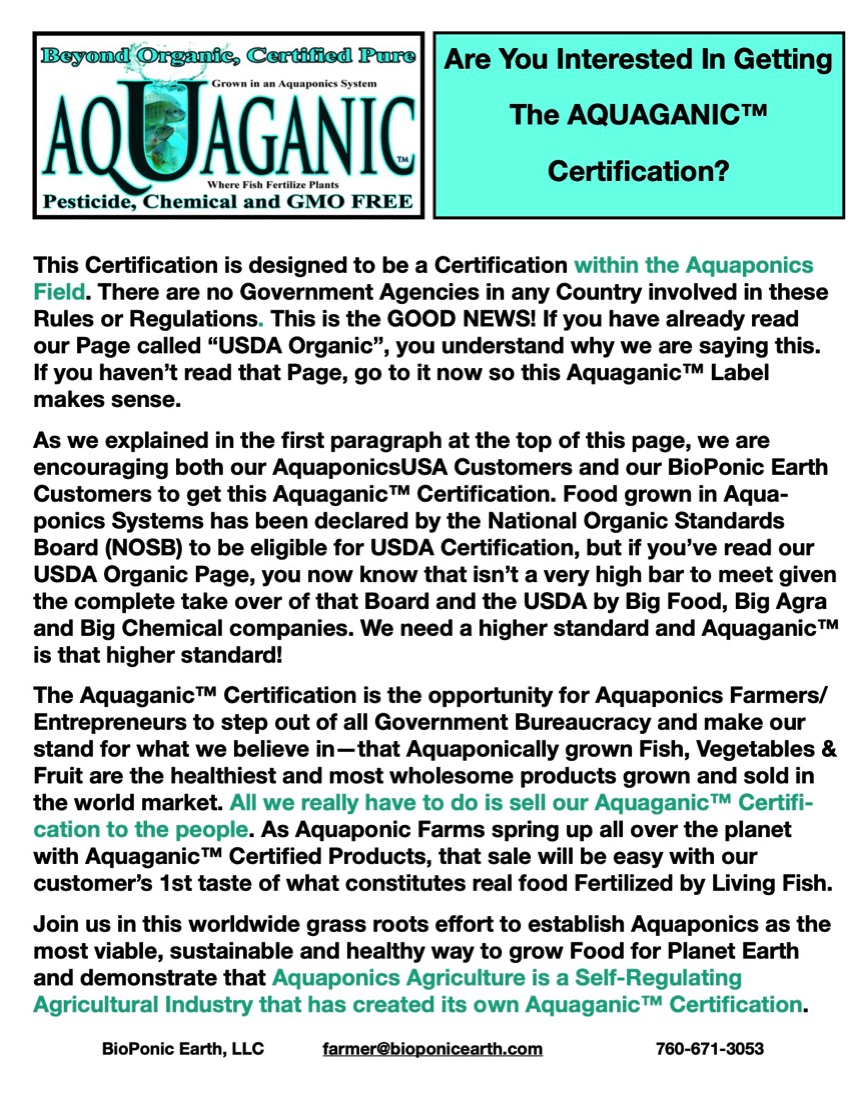What requirements must an Aquaponics Farmer/Entrepreneur meet to grow Aquaganic™ food? Take another look our Aquaganic™ Logo at the top of this page, it says that Aquaganic™ food is “Beyond Organic”. So at the very least, to grow Aquaganic™ food means to meet the minimum Organic Food Requirements, which are the following:
•no human sewage sludge fertilizer used in cultivation of plants or feed of animals
•avoidance of synthetic chemical inputs
•no genetically modified organisms, irradiation
•no fertilizer, pesticides, antibiotics, food additives, etc.
•keeping detailed written production and sales records (audit trail)
•maintaining strict physical separation of organic products from non-certified products
•undergoing periodic on-site inspections
•maintaining strict food handling and packaging standards
Because Fish are the drivers of an Aquaponics System, Aquaponics farmers can’t help but be purists when it comes to synthetic chemical inputs like fertilizers and pesticides. So for Aquaganic™ Certification, there is no “National List” of approved items. The fish cannot handle even a drop of those toxic ingredients. They can’t even handle metal in their systems (except for stainless steel) because of metal toxicity.
Other than a little iron, potassium or calcium, some Microbe-Lift and Photosynthesis Plus that we sell on our Sister Site at, Aquaponics USA, there are no additives in an Aquaponics System except for Fish Food.
And that’s where an Aquaponics Farmer/Entrpreneur can get in trouble if he/she isn't careful. There are many brands of fish food being imported into major world markets that would never pass the Aquaganic™ Certification requirements. This low quality fish food is stuffed full of dead cow, pig, chicken and other terrestrial animal parts to make up important protein requirements. Dead cow parts could actually contain mad cow disease and be transferred to a human who gave up eating cows when that disease became big news. So the last item on our list of certification requirements is this:
•no fish food that contains terrestrial animal parts
•recommended use of organic fish food
As we develop this Certification process further and get our Certification Board in place, we will undoubtedly adjust these or add more requirements for Aquaponics Food Growing companies to become certified with the Aquaganic™ Certification Label.
Above you see one of our hungry Tilapia eating his floating pellets, the Ultimate Growout Pellet, we sell at our sister site, Aquaponics USA. But this conversation about fish food would not be complete without addressing the obvious. Fish food utilizes fish meal as a protein source for the food; and there has been much discussion about the use of fish meal in fish feed. The critics point out that aquaculture, of which aquaponics is an off-shoot, is harming wild fish populations because fish are being taken from the ocean to feed farmed fish. The following are some important things to understand when engaging in this debate:
1. Fish meal is not only used in fish feed. It’s also being used in swine, poultry and even pet food. No one has been arguing that we stop eating pork or chicken or that we stop feeding our pets to save fish. Nevertheless, we know we have to start taking drastic measures to save the ocean’s fish. Because the aquaculture industry has been receiving so much negative criticism due to its more obvious use of fish meal in their food products, that industry is running extensive research to find an alternative to fish meal for fish food. Right now there are fish food products on the market that do not use fish meal. It won’t be long before the research pays off; and we’ll have several choices of high quality fish foods that use reduced amounts of fish meal or none at all available thanks to the aquaculture industry.
2. One fourth of the fish used for fish meal comes from the inedible trimmings off of fish that has been processed for eating. In other words, one quarter of the fish used for fish meal comes from fish that have been harvested from the sea for the purpose of human consumption.
3. Fish oil, which is also added to the fish food, is a by-product of fish meal production and fish processing. Before aquaculture came on the scene, fish oil was already being used for technical purposes as fuel, an additive to paint and to harden margarines. Isn’t it an improved use of fish oil to be using it to feed food fish?
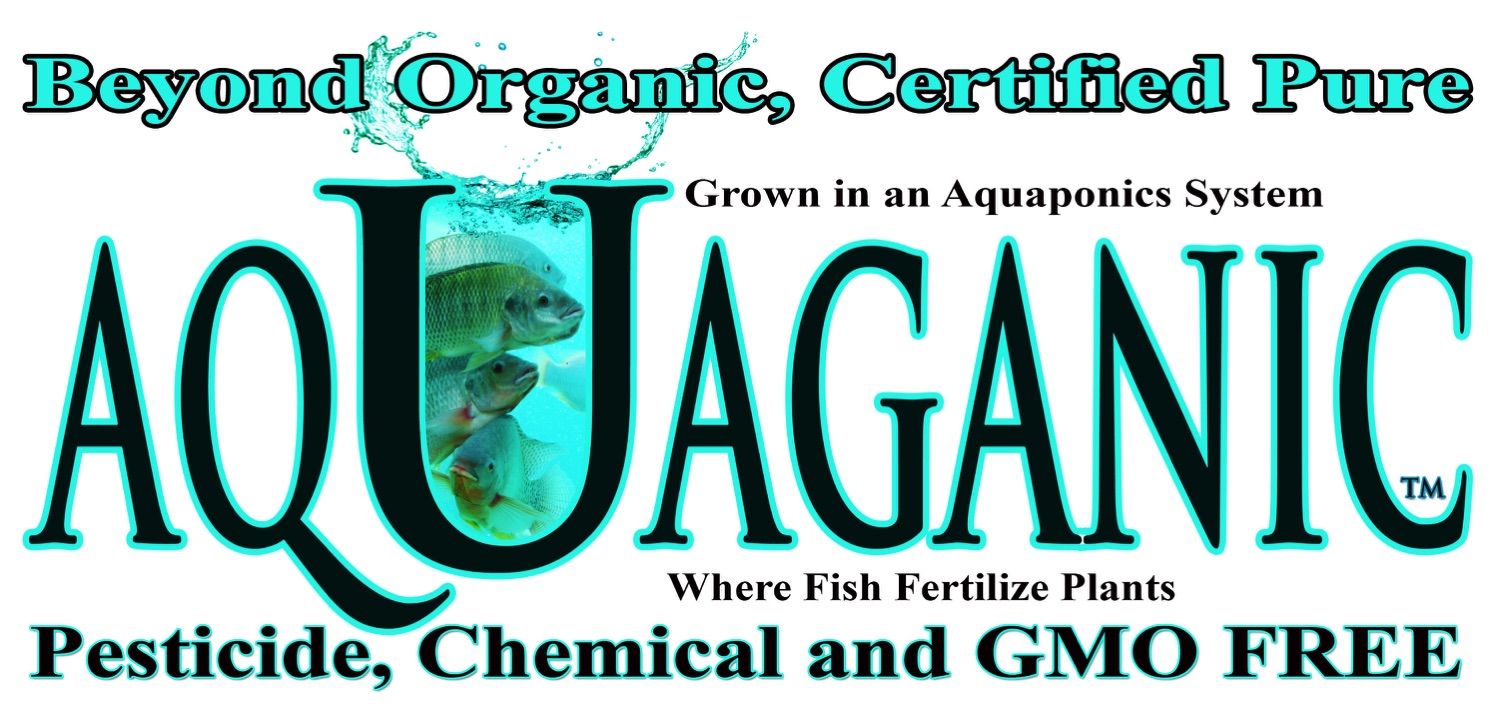
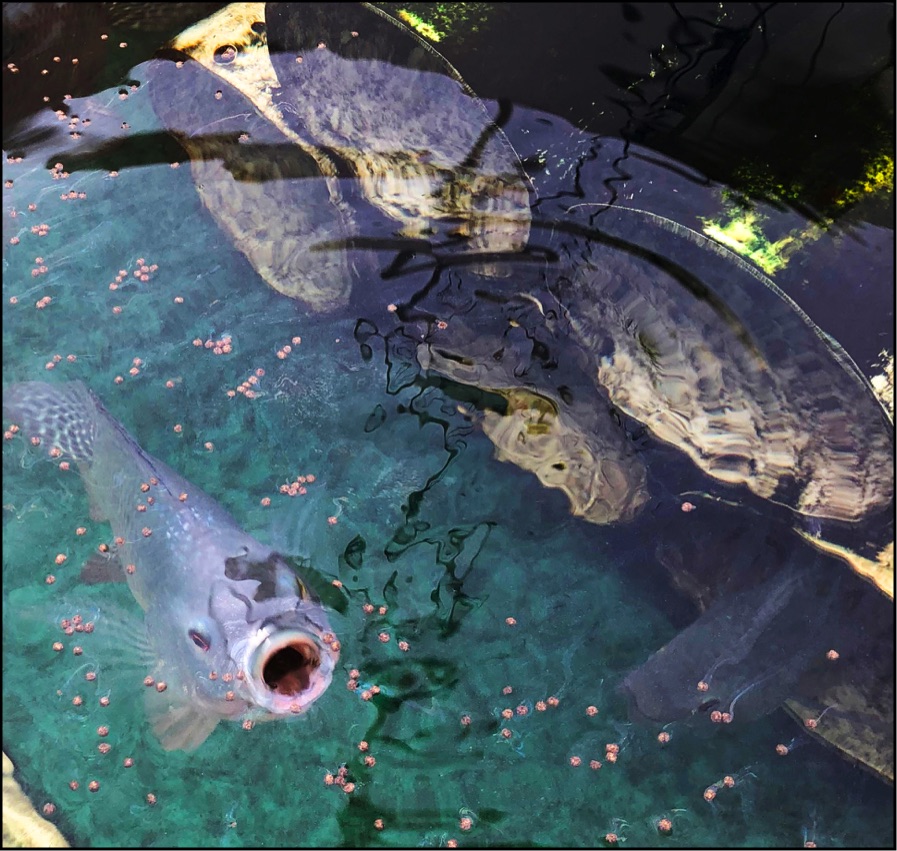
Go here for your Aquaganic™ Certification Form.
It is being issued by our Sister Company, Aquaponics USA.
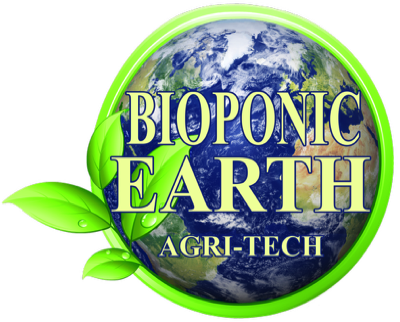

AQUAGANIC™
What constitutes Aquaganic™ Food? Aquaganic™ Food is Food that has been grown in an Aquaponics System, and from our perspective that Food is special for 3 reasons: It tastes delicious, it stays fresh longer after it's harvested, and it feels so good going down. We call it the X Factor. What is the X Factor?
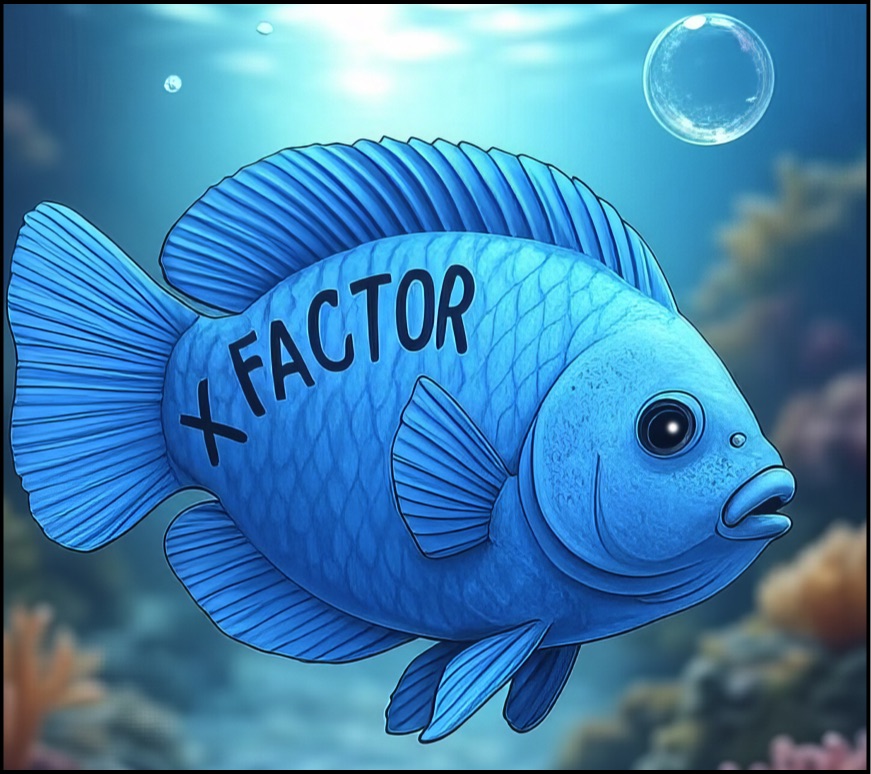
The X FACTOR is the Fertilizer that nourishes the Vegetables in an Aquaponics System is ALIVE! It isn't coming from commercially available fertilizers and there isn't even a hint of Pesticides or Petrochemicals in it. So what exactly are Petrochemicals? Petrochemicals are chemical compounds derived from petroleum or natural gas through refining processes. They are primarily hydrocarbons, such as ethylene, propylene, benzene, toluene, and xylene, used as building blocks for products like plastics, fertilizers, solvents, synthetic fibers, and various industrial chemicals. Althoug the final products used as fertilizers in Hydroponics do not contain Petrochemicals, the use of Petrochemicals can be present in the production and sourcing of the Hydroponic fertilizers.
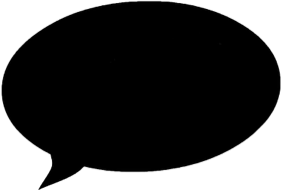
I'm
ALIVE!
